MVHR – Mechanical Ventilation & Heat Recovery FAQ
MVHR, or mechanical ventilation and heat recovery systems, are an increasingly popular addition for efficient self build homes. MVHR systems build on the principal of mechanical ventilation – whereby stale air is automatically removed from a home’s interior and replaced with a fresh incoming provision.
In addition, MVHR extracts and recycles any warmth in the outgoing air by transferring it into the new supply. The result is a two-in-one product that can help optimise the climate in your home and help maintain healthy indoor air quality – the benefit here is a comfortable and consistent indoor climate without needing to open doors and windows for fresh air.
MVHR replaces trickle vents and the use of individual extract fans with a single, whole-house centralised solution. It works most effectively in new homes built to modern standards of energy efficiency, as the system can be designed into the layout rather than retrofitting. MVHR Renovation projects are still possible, though.
Here we’ve spoken to leading industry experts to answer your queries.
How Does MVHR Work?
Wendy Thomas, from Nuaire: “MVHR offers year-round, whole home ventilation that removes stale air, condensation and pollutants, whilst recovering heat that you can pump back inside.
“Moisture-laden air is extracted from wet areas, such as kitchens and bathrooms. The warmth from this is recovered via a heat exchanger, passed onto a new filtered supply and put into the rooms in your property, creating a healthier living environment for the household.
“It significantly improves the indoor air quality and reduces energy usage.
Clarissa Youden, from Total Home Environment: It means you recover up to 95% of the heat you would otherwise lose, perhaps saving a third on heating bills and your lungs the trouble of filtering pollutants.
Learn More: Home Ventilation: Creating a Well Ventilated and Healthy House
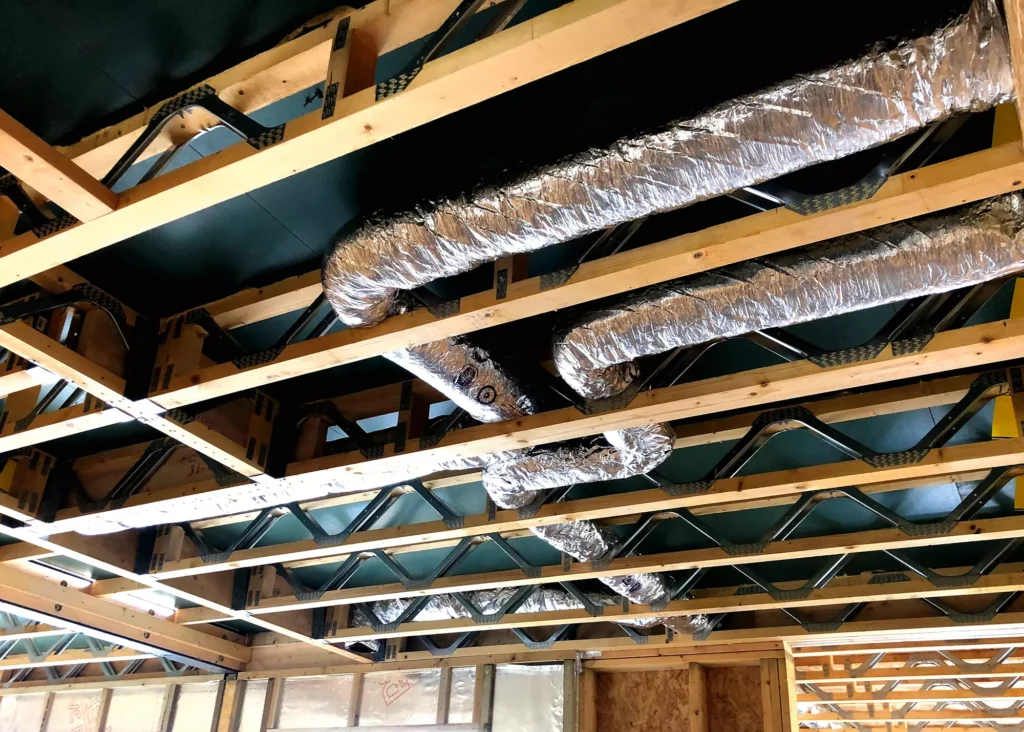
In this home ventilation setup by Total Home Environment, insulated ducts have been installed as air pathways within a mechanical ventilation and heat recovery system. Rigid metal ducting typically offers the best performance, as flexible tubing is easier to damage (plus its curves can adversely affect airflow)
Need heating advice?At Build It Live there are free seminars that discuss the main heating options, free expert advice in the Heating Advice Clinic and you can discuss the pros and cons of the various options with an array of heating exhibitors. Explore all the options, all in one place – only at Build It Live. Build It Live takes place three times a year in Kent, Oxfordshire and Exeter. The next show will be on 8th and 9th June 2024, in Bicester, Oxfordshire. Claim a pair of free tickets today and start planning your visit. |
Why is MVHR Important in New Homes?
Stefan Huber, from Paul Heat Recovery: “Ventilation is critical for airtight buildings. In fact, the risk of black mould triples when dwellings are being efficiently insulated and made more airtight.”
Clarissa: “Homes are getting more sealed up, so you need to pump fresh air into the building without losing the heat put in.
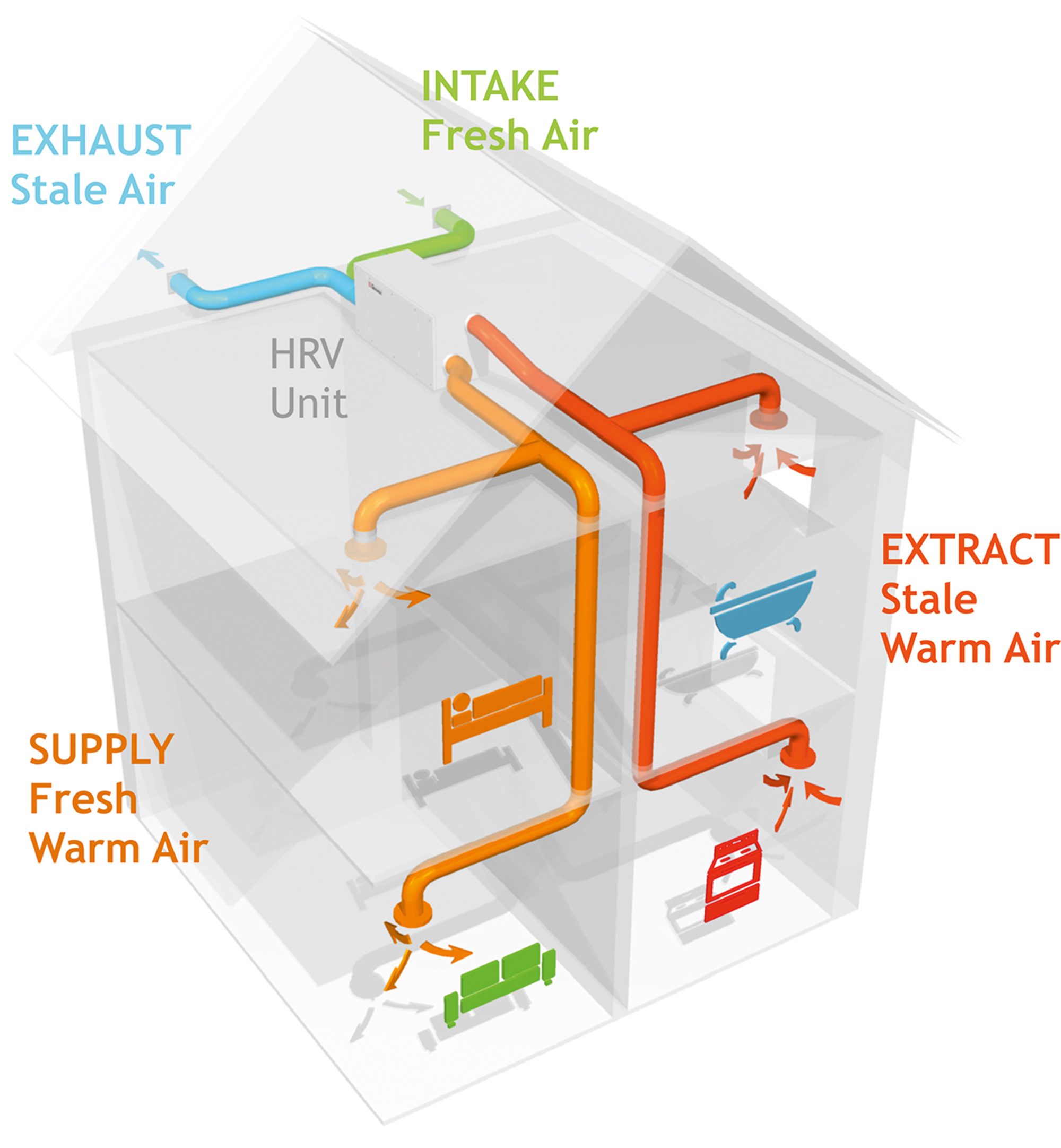
This diagram from Total Home Environment shows the basics of how an MVHR system works
“Traditional forms of ventilation like trickle vents and extractor fans don’t do this – they let air in at the outside temperature, while you wave goodbye to the warmth you’ve paid for. This is where heat recovery ventilation comes in.
“Plus, if you don’t get fresh air into your home, a cocktail of chemicals could build up from everyday items. Anything from carpets and fibreboard through to cleaning detergents might potentially be emitting toxic gases.”
CASE STUDY Efficient oak home with MVHRThis impressive self build by Welsh Oak Frame has been constructed with a blend of oak and structural insulated panels (SIPs). The efficiency of these materials means the build is airtight and highly-insulated, so adequate ventilation had to be designed in early on to ensure healthy air quality. It has been fitted with a mechanical ventilation and heat recovery system (MVHR) to distribute fresh air. This carries a new supply into the home via an earth duct 35m away from the property.
The earth duct sits below ground, where the temperature remains at a pretty stable 12°C throughout the seasons. This means that when it’s colder in winter, the home is guaranteed a fresh yet warmer supply of air before any heating, while in summer the build remains at a comfortable indoor temperature.
A-rated for efficiency, the home also boasts wide spans of glazing throughout, including a striking gable in the entrance. The ventilation system helps to counteract the increased solar gain caused by these design features, so that the home never gets too hot or stuffy. |
Can You Retrofit an MVHR System?
Stefan: “It’s generally difficult to fit MVHR in smaller properties that are being renovated due to the size of equipment and amount of ductwork. But in recent years a few companies have been developing decentralised MVHR systems.
“The BluMartin solution is placed on an external wall and wet zones (ie bathrooms and the kitchen) are connected to the MVHR via extract ducts. Other rooms tap into the airflow through cascade fans within walls.
“Each unit can serve about 70m2 of space and one storey at a time. It’s an innovative approach to whole house ventilation that will shape the future for managing this in our homes.”
Wendy: “Older properties are naturally more leaky than new build homes and MVHR is best suited to properties with low air permeability.
“The system would require more renewable tech to be efficient, which could negate its energy-saving benefits.
“Many old homes have their own retrofit ventilation strategies, designed to be non-intrusive – positive input ventilation is a tried and tested solution that fits in the loft space and gently pressurises the dwelling to prevent condensation and improve air quality.”
Where are MVHR Systems Installed?
You’ll need to engage a specialist engineer to determine the correct output, ducting runs and terminal locations.
Wendy: “The MVHR unit itself is generally wall-mounted in a suitable cupboard, utility room or loft space. It has four ducts, two running to the outside – for external exhaust and supply – and the other two throughout the property for internal extract and supply.”
Tom Heywood, from Green Building Store: “The unit is usually the size of a large boiler and the metal ducting is typically 100mm-160mm in diameter.
“The ideal location for your MVHR is in a utility/plant room on the north side of the building close to an external wall.”
CLOSER LOOK Heat pump ventilationClarissa Youden, associate director at Total Home Environment, explains what you need to know about this type of ventilation setup. “Even with the most effective MVHR systems, there is still more heat available to recycle. In this scenario, you may be able to take advantage of heat pump ventilation (HPV) as a low energy heating solution. This setup integrates a micro heat pump within an MVHR unit, harnessing even more energy from the stream of outgoing air. It utilises the veins of a ventilation system (the ducting) to provide energy efficient space heating to the supply rooms of the house, like bedrooms and living rooms. You still get fresh filtered air with a whole house air change every couple of hours. In addition, you will recover up to 95% of the heat that you would otherwise lose through trickle vents and extra fans. Super-efficient heating with a SCOP (seasonal coefficient of performance) of 6.0 is another advantage. This figure is in comparison to a gas boiler with a SCOP of 0.9. There are two heating supply zones and a third supply duct that comes off the unit before the heat pump, so you can always benefit from a cooler master bedroom. If more warmth is required in a supply room, an additional boost can be supplied via heated ceiling terminals or radiant heating panels so you can have precise room temperature control. It is also possible to reverse some HPV units to provide energy efficient cooling and reduce humidity, enabling you to feel a 4-5°C temperature difference on a hot day. Bear in mind that HPV is only suitable for homes that are well insulated and airtight. Energy efficient houses, with heat loads of less than about 6kW are ideal.” |
Will all the Ducting be Out on Display in Living Spaces?
Clarissa: “There are lots of natural voids around the house to hide ducting – in the roof space, at the back of fitted wardrobes/baths etc or boxed in.
“A 125mm rigid metal pipe will require about 230mm depth, which allows for 25mm of insulation if you’re going for heat pump ventilation.
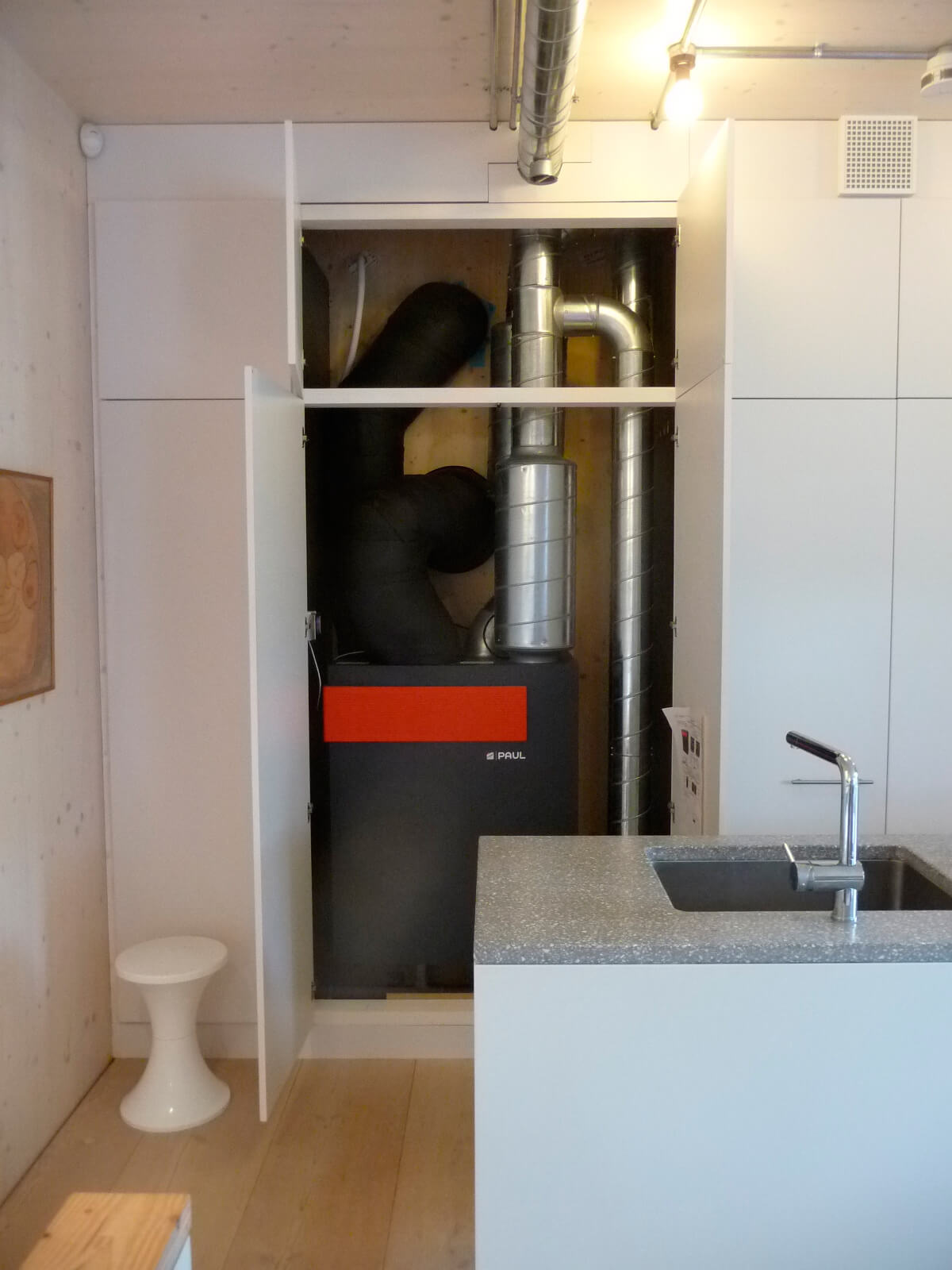
In this installation by Green Building Store, the MVHR is hidden away in a kitchen cupboard and the ducting is left on display as an attractive contemporary design feature
“Most of the downstairs ones will be hidden in the ceiling, so you need fairly deep joists to take the ductwork and the 90° bend.”
Tom: “Some of our customers like to keep the rigid steel ductwork out on display, which can work well as a stylish focal design feature in contemporary projects.”
How is MVHR Controlled?
Tom: “A simple control panel will be installed. The only adjustment you usually need to make is boost ventilation, for instance if you’ve been cooking a lot or have quite a few people around. It’s as easy as hitting a boost button.”
Clarissa: “A good quality, sophisticated controller will have a 24/7 timer; room and external temperature monitors; boost function in a minimum of four increments (as you don’t want the same airflow when you’re sleeping as when you’re cooking).
“It’ll also have an SD card or remote monitoring holding a rolling two years of data; filter maintenance notification; timed boost from 1-9 hours and humidistat.
“If you’re lucky and benefit from a heat pump ventilation unit, you’ll also get extra space heating and cooling control.
Should I Pair MVHR with Other Tech?
Tom: “MVHR reduces the heating requirements of your home by conserving energy, but it’s not a heat source.
“These setups are generally put in airtight properties that are thermally efficient, so need little input from a relatively simple source, such as a gas boiler. It’s unlikely you’ll need underfloor heating in a home with MVHR.”
How Much will MVHR Cost to Install and Run?
Tom: “MVHR systems are always individually-tailored to suit the property, so there are no hard-and-fast rules on price.
“Expect to pay around £4,500-£5,500 for an entire setup in a large house measuring around 250-300m2 (not including installation).
“An MVHR unit like the compact Paul Focus 200 design draws 22 Watts of electricity, which is similar to having a low energy light bulb on in your home, costing around 10p per day.”
Are There any MVHR Alternatives?
Clarissa: “Controlled natural ventilation, aka opening windows! However, to meet the minimum levels of air ventilation set out in the Building Regulations for new builds, you’d need to open all the windows for 10 minutes, seven times a day, which isn’t doable for most.
“Positive input ventilation (PIV) is a fan unit that brings fresh filtered air from outside into common areas and forces stale air out via natural leakage points.
“Passive stack systems work via natural movement, motivated by a temperature difference between the inside and outside of the house.
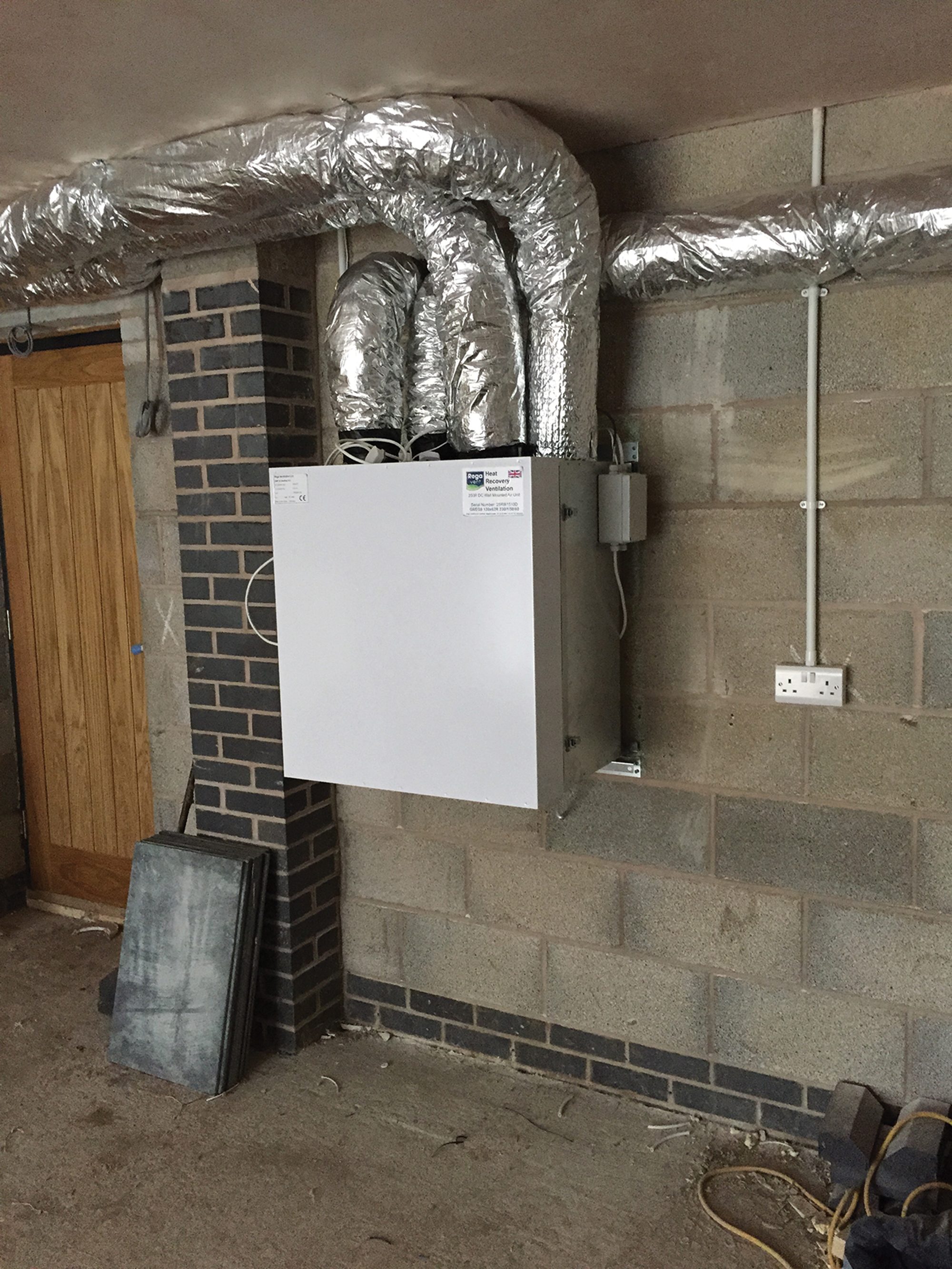
This Rega MVHR unit has been fitted in the property’s utility room. The insulated ducks reduce the risk of condensation
“Pipework goes from ceiling vents in wet rooms up through the roof, but you still have to have some background ventilation in the form of trickle vents and extractor fans letting cold unfiltered air in.”
Wendy: “Mechanical extract ventilation (MEV) is one option. This is simply a ducted system that extracts air from wet zones.
“Another is decentralised extract ventilation (DMEV), which is where an individual fan sits in the room and removes stale, humid air. This is more effective at reducing moisture than intermittent extract fans.”
When is MVHR the Best Option for Home Ventilation?
Clarissa: “Mechanical ventilation and heat recovery is a great solution in new homes, even when the airtightness is over 5m³/hr/m², as it still really helps with managing humidity, reducing mould spore and dust mite populations.
“So even if you’re not doing it to save money, you have the potential to create a much healthier living environment, especially if you are at either end of the age spectrum and therefore more sensitive to air quality.
































































































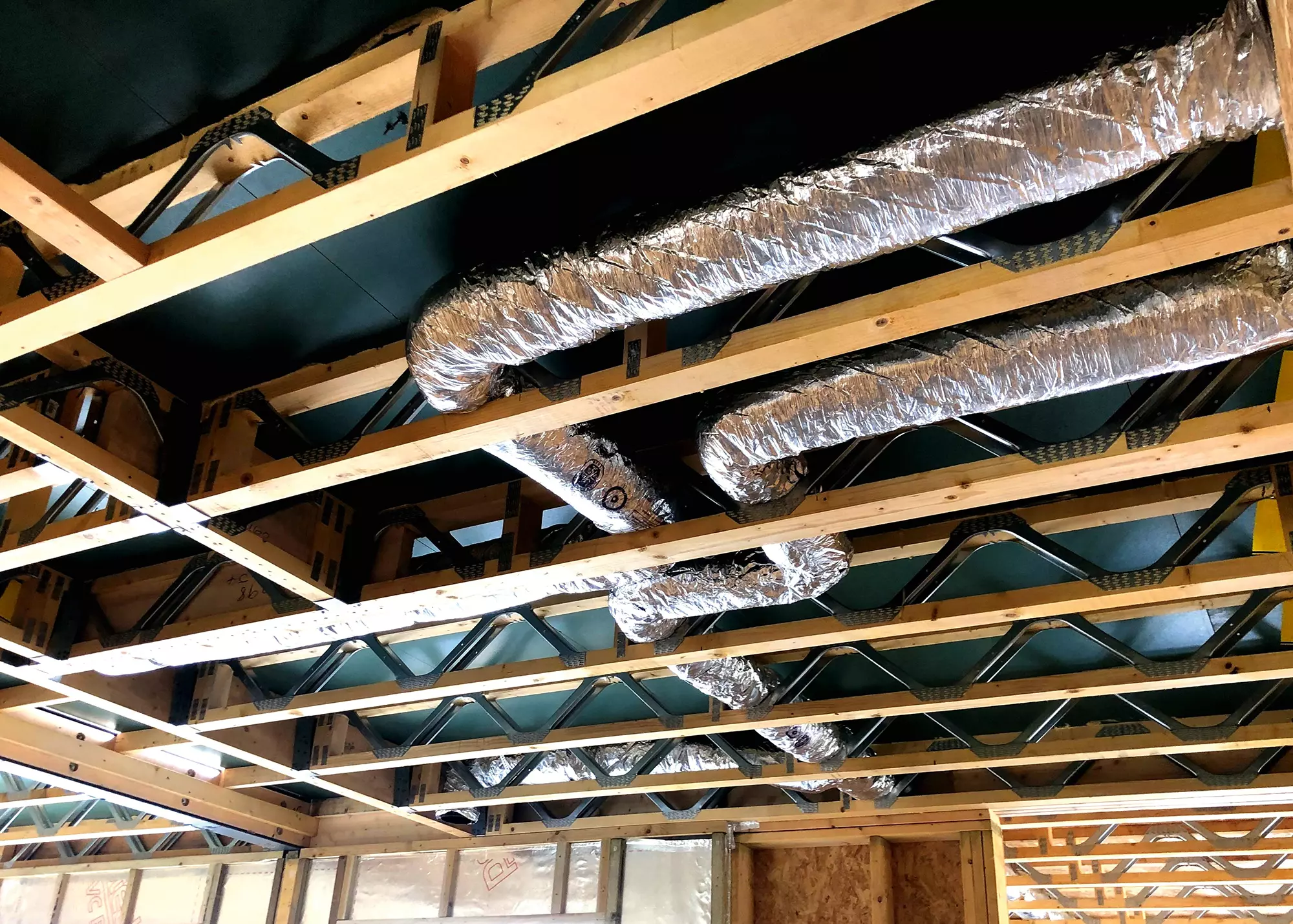
 Login/register to save Article for later
Login/register to save Article for later

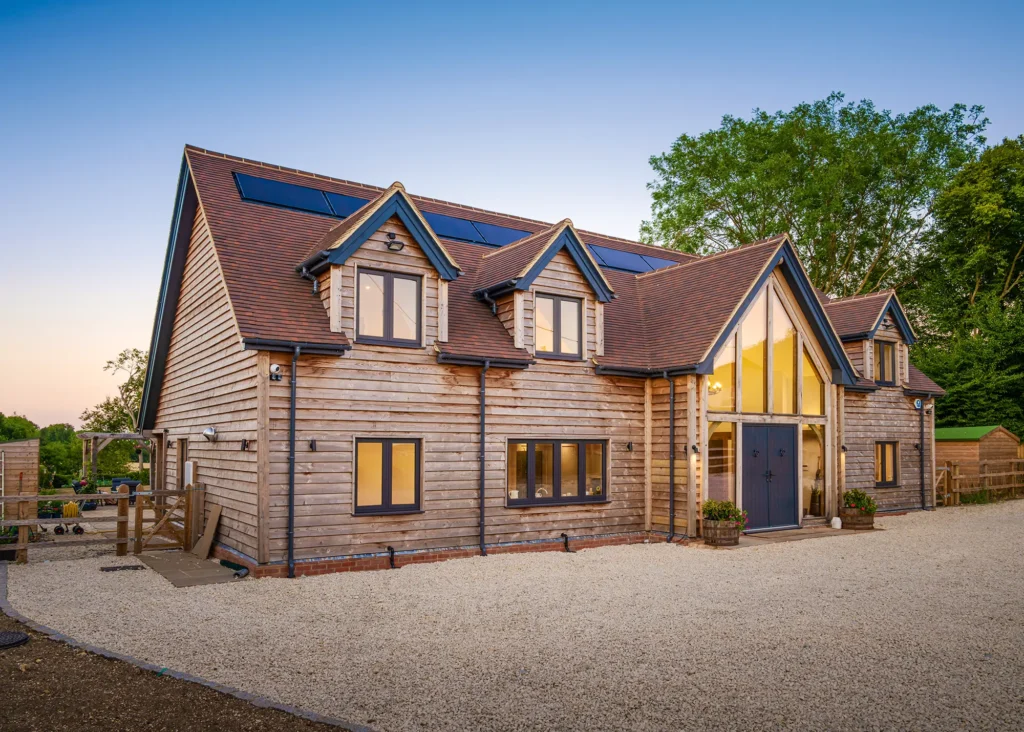
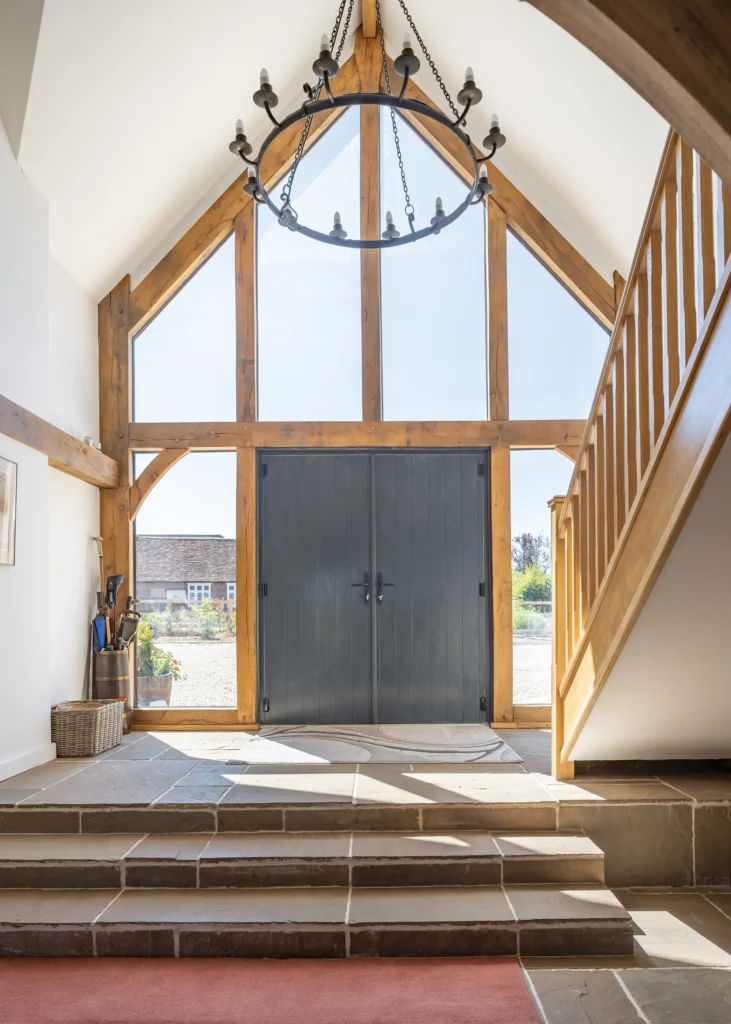
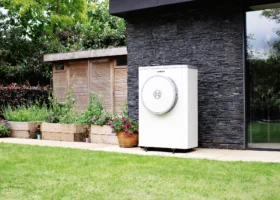



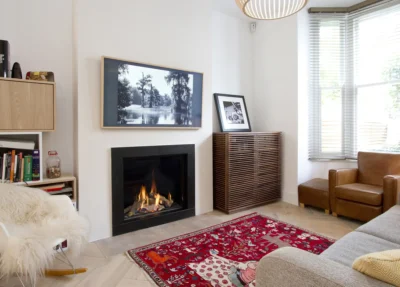
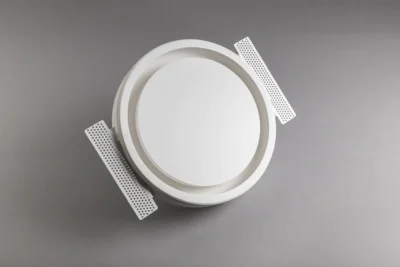
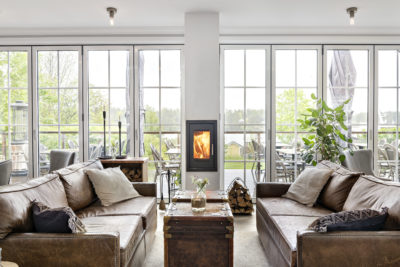
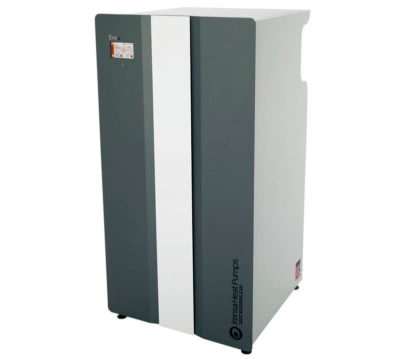





Comments are closed.